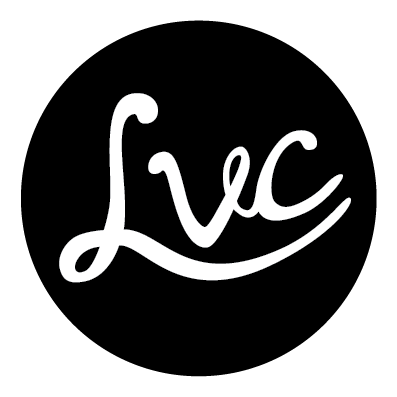From clicks to conversions: How to maximise ad profitability
For businesses big, small and everything in between, one of the top considerations when it comes to digital advertising is how to get the best bang for your buck.
You can have a beautifully designed campaign, but if it doesn’t compel people to take a desired action, those advertising dollars aren’t working as hard as they could be.
Great ad creative might drive clicks, but will it convert? This all comes down to planning ahead.
Here’s how to set yourself up for success.
Know your audience.
Who are you trying to target? Where are you most likely to find them? Answering these questions is crucial to creating ads that reach the right people.
Think about who might be searching for your specific product or service, as well as related products or services. For example, if you’re selling nutritional supplements, could you also target people who have been searching for local gyms? Try to think outside the box here.
Also consider the purpose of your audience’s visit to the platform you’re advertising on and how that might impact your approach. As a general guide:
Facebook is about staying up to date with friends and family, so this audience is most likely to be passing the time looking at posts and reels.
LinkedIn tends to be more work related – people looking for a job, looking for candidates or looking for information related to their business.
Google Search is typically used by people who intend to find a specific product, so your ad needs to support this intent and make the connection clear to them.
Google Network includes websites that are relevant to the product or service you’re selling. Here it’s important to consider how to stand out from the crowd for the right audience, as it can be easy to waste budget on irrelevant clicks.
Keep it relevant.
Relevancy is critical to getting clicks that lead to conversions. An ad that’s funny or engaging but not particularly relevant to your business might pique people’s curiosity and attract clicks, but it probably won’t lead to many conversions.
Unless you’re a universally recognisable brand, your creative needs to focus on your product/service so your audience knows what you’re selling from the get-go. The more relevant your ad, the more likely it is that people who click on it are doing so to find out more about your specific offering.
Test, test, test.
Make sure you have a good mix of ad formats, sizes and variations. People get bored quickly and develop ad-blindness, so it’s important to experiment with different approaches across your chosen channels and keep your ads fresh.
The great thing about Google Performance Max is the testing is done for you – all you need to do is plug in your copy and assets, and the AI mixes and matches these to find the most effective variations. For channels like Facebook and LinkedIn, prepare to be a little more hands-on with testing and refresh your ads regularly to keep the momentum going.
Stay close to the numbers
The reality is there’s no ‘set and forget’ in digital marketing. Planning ahead based on predictions, experience and gut-feel is important, but ultimately how an ad will perform is unknown.
That’s why it’s essential to stay on top of the numbers. Keep an eye on what’s working and what’s not, and fine-tune your approach as you go.
Of course, this is easier said than done for time-poor marketers and business owners.
If you’re looking for results but don’t have the bandwidth to make them happen, our team of marketing and creative specialists can work with you to design a campaign that makes your budget go the distance.
To have a chat about how we can help, drop us a line.

